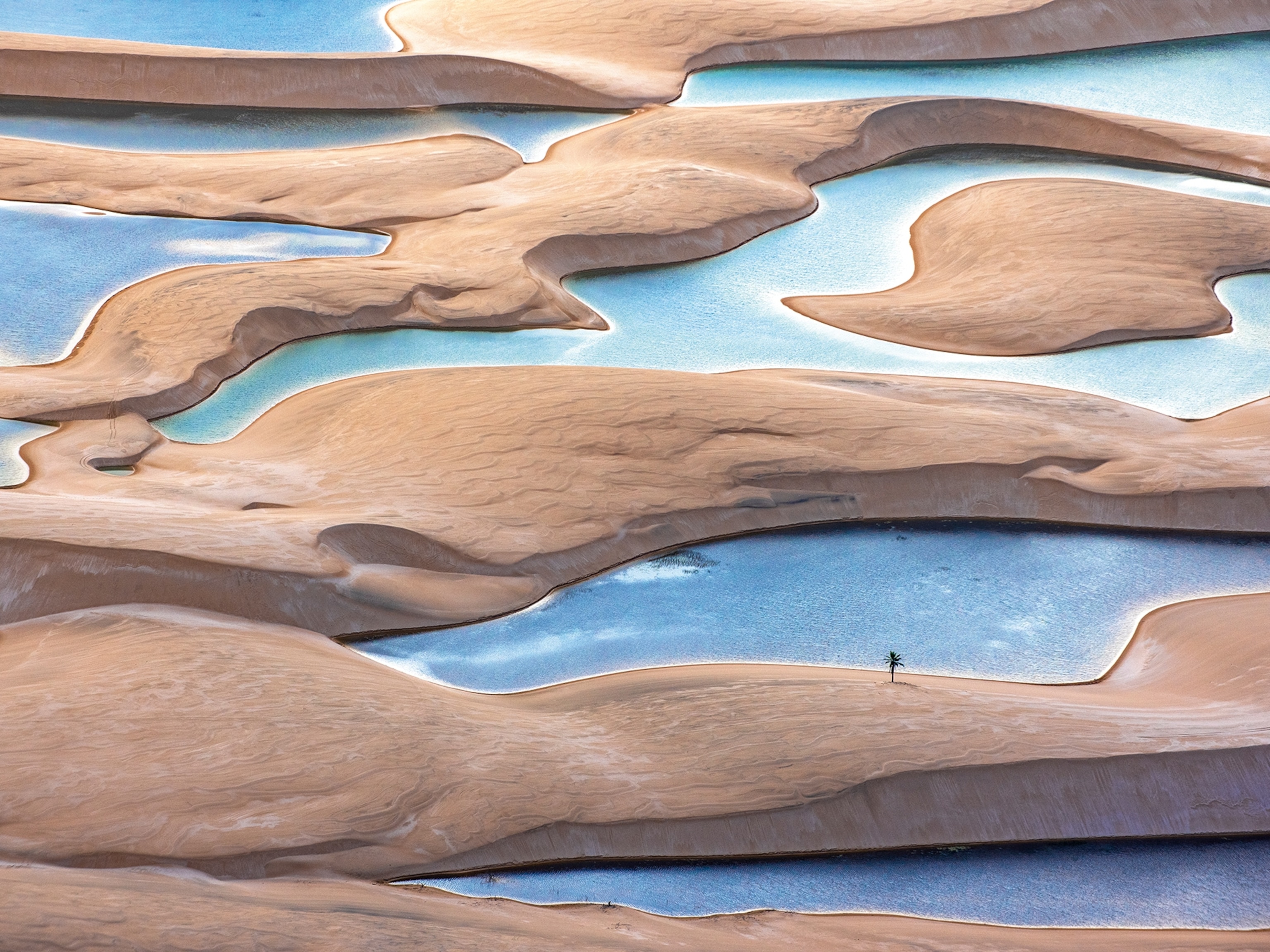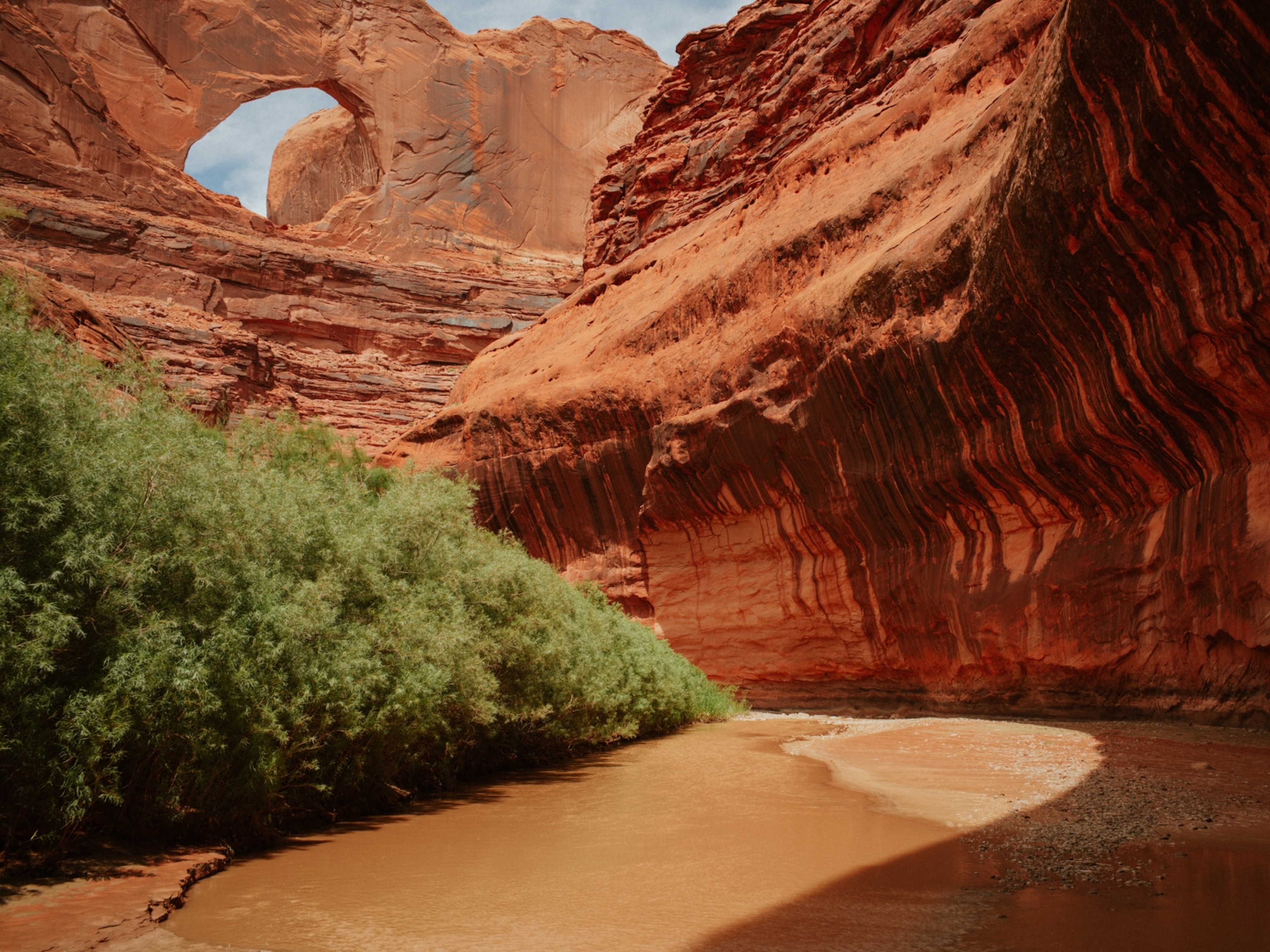
See soaring sand dunes in America’s newest national park
With some of the country’s greatest biodiversity and recreation, Indiana Dunes National Park packs a punch.
Location: Indiana
Established: February 15, 2019
Size: 15,067 acres
After 53 years as Indiana Dunes National Lakeshore, the southern shores of Lake Michigan were renamed the United States’ 61st national park. Fifteen miles of beaches give way not only to impressive sand dunes and blowouts, but marshes, wetlands, groves of black oak savanna and maple sugar trees, and fields of wildflowers that come and go with the seasons.
Don’t let its small size and recently upgraded designation deceive you: Indiana Dunes National Park’s biodiversity ranks seventh out of all 400-plus National Park Service units—and the nation’s newest park sees nearly as many visitors a year as Mount Rushmore. Here’s how to make the most of your trip.
Hit the dunes
Indiana Dunes National Park sandwiches Indiana Dunes State Park, where you can find the area’s three tallest dunes: Mount Tom (192 ft), Mount Holden (184 ft), and Mount Jackson (176 ft). Trails 8, 9, and 10 are arguably the definitive trails of the area, showcasing dune blowouts, “tree graveyards,” and forests of white pine rising above Lake Michigan. Trail 8 is the shortest route to summit each dune, otherwise known as the Three Dune Challenge.
The national park, however, lays claim to the most dynamic dune: Mount Baldy. It’s slowly eroding, or “starving,” moving roughly four feet a year. The trail to its top is regularly closed; if it’s open during your visit, go. Similarly impressive is the nearby Dune Ridge Trail—a route that takes you up above Kemil Beach and the Great Marsh—and the West Beach 3-Loop Trail, a 3.4-mile loop that displays all stages of dune development, with views that often extend to the Chicago skyline.
Most trails can be tackled on snowshoes or cross-country skis come winter, and they’re usually well-marked with wildlife tracks after any recent snowfall. Bikers should note the Calumet Bike Trail, running all the way from Mineral Springs Road to Mount Baldy.
On the water
The majority of the park’s annual visitors come for the swimming and beachcombing. Lake View, Kemil, Dunbar, and Porter beaches are all swim at your own risk, with smaller parking lots that fill up quickly in summer. West Beach (the only lot that charges, at $6 per car) has showers and lifeguards. On any beach day, consider scoping out the Portage Lakefront & Riverwalk, an impressive, eco-friendly pavilion with basic amenities and water access.
For paddlers, there’s also the 35-mile Lake Michigan Water Trail. Bring your own kayak, hug the water’s edge, and camp at designated sites as you progress along the lake. For greater nature immersion, consider the Little Calumet River or Burns Waterway.
See the flora and fauna
Over a thousand native plant species and 370 bird species make this one of the most biodiverse swaths of land in the U.S. The Great Marsh Trail and the Heron Rookery are excellent places to birdwatch for tree swallows, rusty blackbirds, kingfishers, egrets, and green herons.
In the warmer months, check out the 4.7-mile Cowles Bog Trail—plant diversity is so outstanding here the area was designated a National Natural Landmark. The Tolleston Dunes Trail, another good option, winds 2.9 miles from oak savanna and wetlands into prickly pear cactus country.
Learn the history
The Port of Indiana looms on the horizon, a reminder that this area barely escaped industrialization. In fact, the once-largest dune, the Hoosier Slide, was carried off in boxcars as early as 1916. Activists fought to preserve the dunes; their eventual success resulted in today’s landscape, a study in contrasts.
Accessible by a 3.7-mile trail system, the Chellburg Farmhouse and Bailly Homestead provide vestiges of this pre-industrial past. Here, your path follows the Little Calumet River, skirting these two pioneer remnants (and a crumbling cemetery), passing through a forested ravine, and emptying into the oak savanna.
Just east of the border between the national and state parks, you’ll find something closer to modernity: five homes from the 1933 Century of Progress World’s Fair. You can spot them on a beach stroll or cruising down Lakefront Drive—tours are held annually, usually in fall. The Florida Tropical House, in its bubblegum-pink grandeur, is hard to miss.
Year-round tips
In the warmer months, come early. It’s not uncommon for cars to line up outside the entrance gates before they’re even open. Most parking lots fill by mid-morning, though West Beach rarely fills to its 600-space capacity.
Crowds dwindle with temperatures, and winter can mean you’re alone with the birds and the beavers. Watch the ice shelf float in and out as you stroll along an empty beach. For an off-season bonus, the state park regularly lifts its $12 entrance fee.
In an afternoon
The 1.1-mile Trail 7 in the state park division—next to the Nature Center—is the most direct route combining dune hikes with beach access. Time permitting, it crosses the longer Trail 8, which takes you to the top of the park’s tallest dunes.
Spend the next few hours inland and explore the Paul H. Douglas Trail, the Little Calumet River Trail, or the Great Marsh Trail, watching for wildlife and scouting for rare plants, like the gaywing or the carnivorous purple pitcher plant. Catch sunset at a larger beach, like Kemil, Dunbar, or West, and get your feet wet in the giant puddle known as Lake Michigan, left behind by the long-gone Wisconsin Glacier.
- National Geographic Expeditions



































































